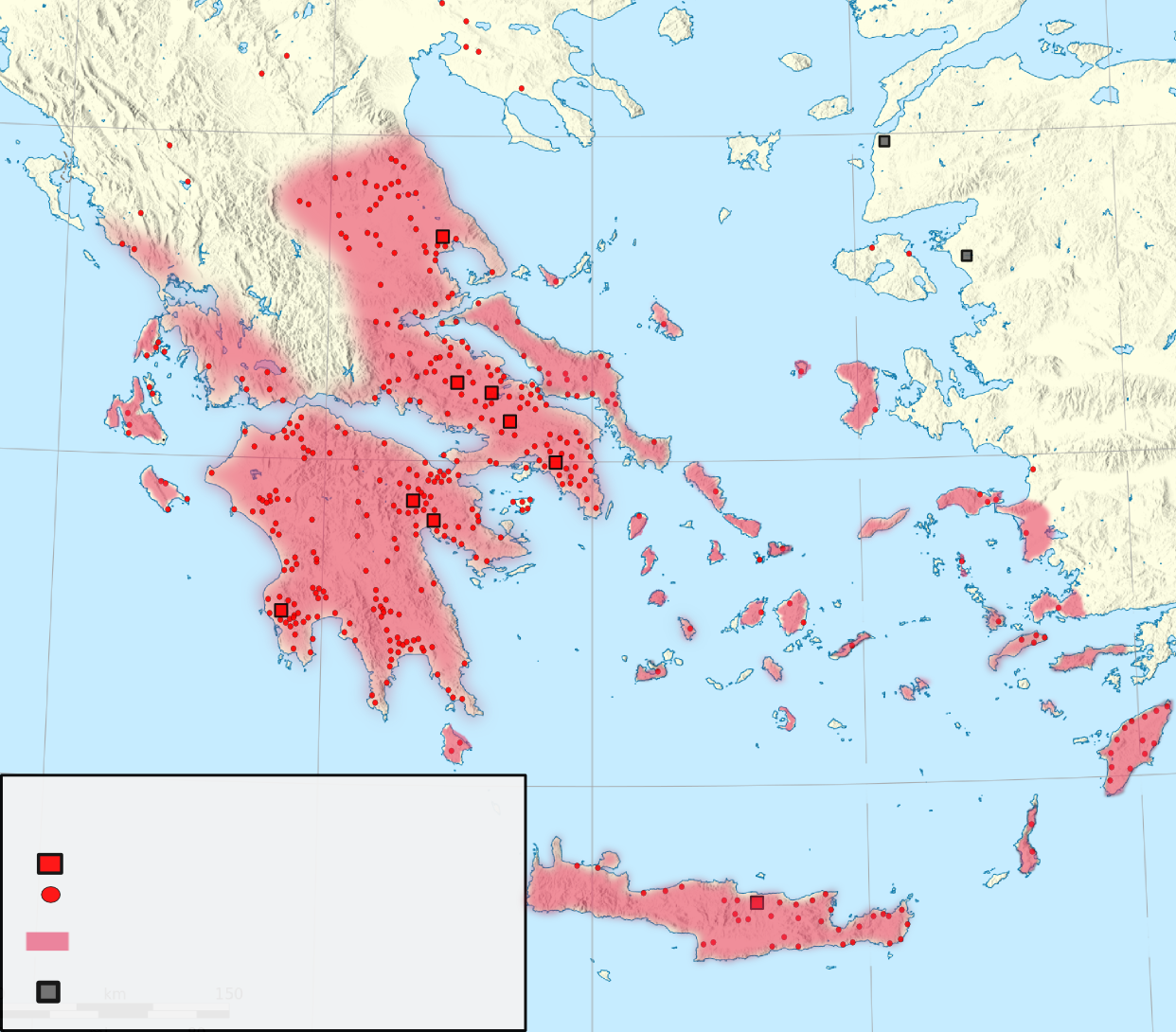Dianatomia
Regular Member
- Messages
- 404
- Reaction score
- 133
- Points
- 43
- Ethnic group
- Greek
This whole Greekness thing of the Ancient Macedonians is overblown by modern political agenda's and competing nationalisms of modern Balkan nations.
I don't even care about the fact that they participated in the Olympics. Nor do I care about their rivalry with the Athenians. The Macedonians were part of the greater Greek cultural mainframe. They believed in the Greek gods, spoke some language which clearly stems from the same proto-Greek source and they eventually ended up spreading Greek culture on a global scale. Not to mention that they standardised the Greek language, eventually resulting to what is today modern Greek.
Now the ball is being played on a gentic level. If the Ohrid samples are Illyrian. Then they are simply a South Illyrians, with whatever difference they have from North Illyrians. Who cares? If they are Molossian, then this is where the North Greeks plot at that time. They had a little bit more steppe than Mycenaeans. However, if they are Macedonians, then hold your horses. We have evidence that they are not Greeks, because they do not completely overlap with Myceneans.
If other modern Balkan people's want to claim some paleo-balkan kinship with them. That's absolutely fine. The problem in the Balkans is that people emphasize differences, rather than similarities. As Milan.M correctly argues, Alexander's conquest started off as a pan-Balkan expedition. Under the Hellenic banner.
I don't even care about the fact that they participated in the Olympics. Nor do I care about their rivalry with the Athenians. The Macedonians were part of the greater Greek cultural mainframe. They believed in the Greek gods, spoke some language which clearly stems from the same proto-Greek source and they eventually ended up spreading Greek culture on a global scale. Not to mention that they standardised the Greek language, eventually resulting to what is today modern Greek.
Now the ball is being played on a gentic level. If the Ohrid samples are Illyrian. Then they are simply a South Illyrians, with whatever difference they have from North Illyrians. Who cares? If they are Molossian, then this is where the North Greeks plot at that time. They had a little bit more steppe than Mycenaeans. However, if they are Macedonians, then hold your horses. We have evidence that they are not Greeks, because they do not completely overlap with Myceneans.
If other modern Balkan people's want to claim some paleo-balkan kinship with them. That's absolutely fine. The problem in the Balkans is that people emphasize differences, rather than similarities. As Milan.M correctly argues, Alexander's conquest started off as a pan-Balkan expedition. Under the Hellenic banner.












